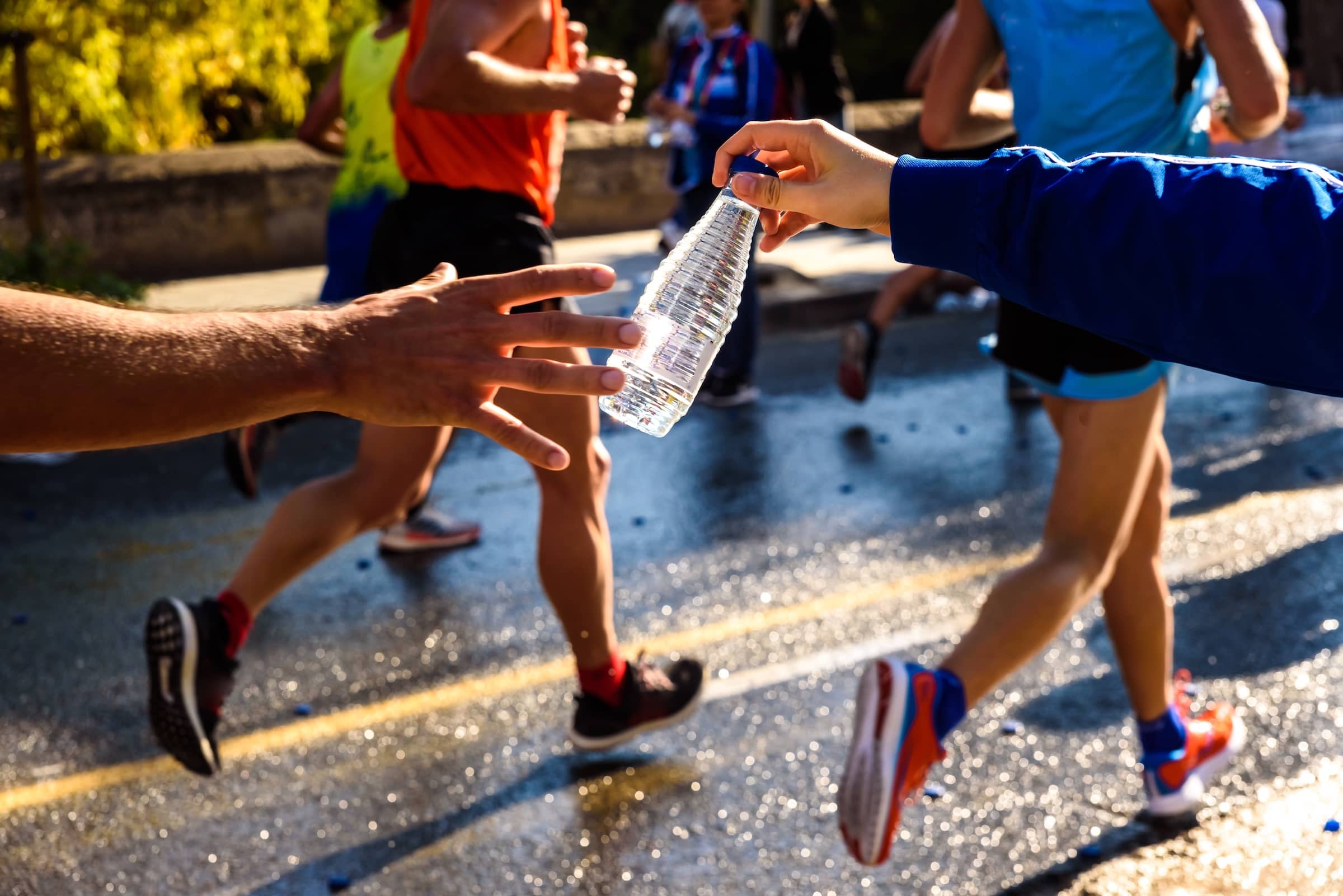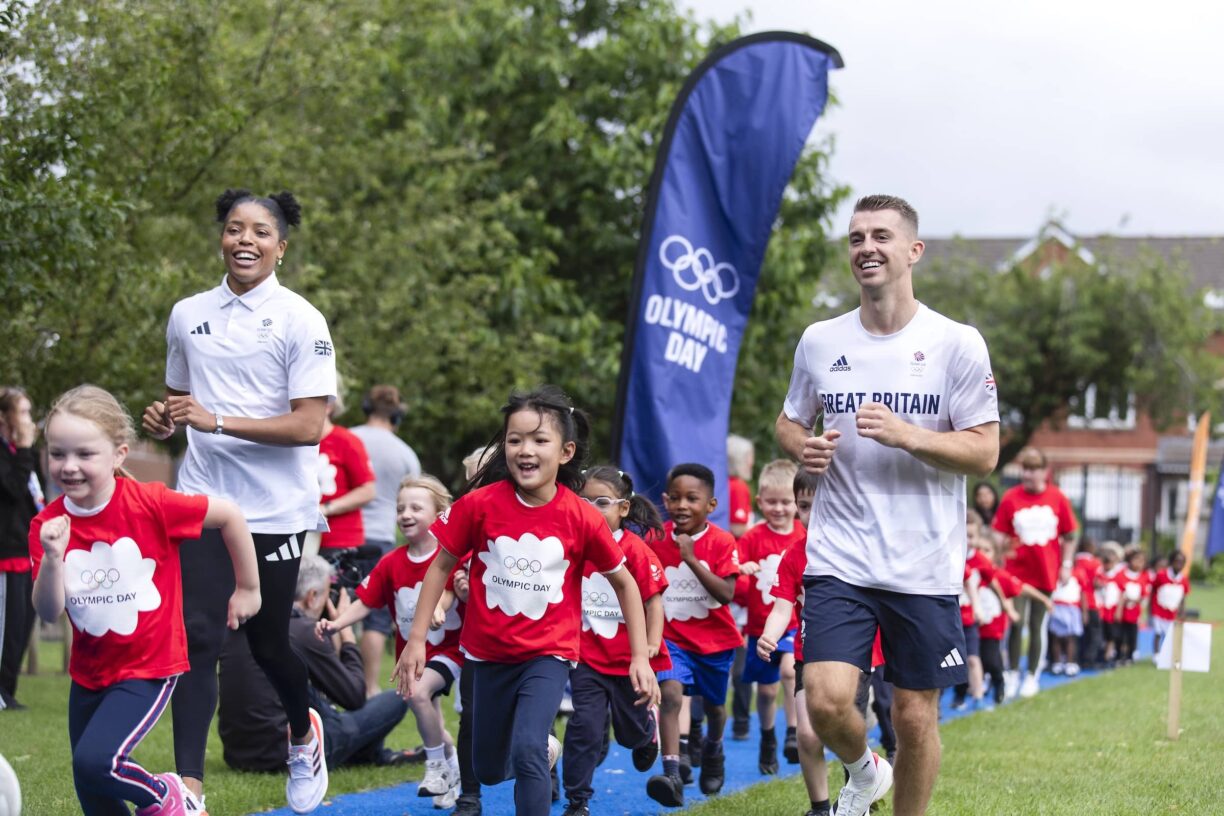With more than a decade’s experience in sports nutrition, Pam Nisevich-Bede empowers runners to fine-tune their fuel and hydration strategies—and below, she highlights the importance of timing and composition to keep energy levels steady when it matters most.
As a global nutritionist and sports dietitian at Abbott’s Lingo business, she translates cutting-edge science into practical advice.
There are some key moments in any marathon when the body and mind really feel the strain – or when people feel they’re ‘hitting the wall’, as the famous saying goes.
Whilst this can happen at different times for different people, from my personal and coaching experience, it mostly occurs between 18 and 23 miles.
At this point in the race, it’s understandable that most stored glycogen has been spent, your close to running on fumes. This is when you’d be pretty low on glycogen, and its key to acknowledge that even as you’re adding fuel you’re concurrently depleting as your body powers across the miles.
You can run more rapidly low on energy if in the days before the race you added more activity than you realised, or you’ve neglected your nutrition.
Not only don’t many runners fall short on fuel in the days before a race, but you’d also be surprised to know that the average athlete shows up to their sporting event dehydrated.
So, I always say when I’m training, “Don’t be average”. Don’t skimp on nutrition before the race. As spectators we often see a lot of runners cramping late in the race; sometimes it’s the accumulated load on legs, but other times you can avoid this simply by prioritising electrolytes, fuelling, and hydration.
“When your glucose levels are getting low, the brain is an energy hog, so when it’s fluctuating, you might start asking yourself, ‘Why did I sign up for this”?’
The fact is that we never advise people to change their habits just before or during the run. So, if you’re a big coffee drinker who gets a boost of energy from caffeine, then by all means, refuel with some caffeine during the race.
Lots of people have different ways to help them get through a marathon. Something I like to do to get me through is to break the race into 3 or 4 races.
So, if I’m breaking it into 3, the equation would be 10 miles, 10 miles and then 10 km. In the first 10 miles, that’s when I get into the swing of things, where I’d be hitting my pace but not pushing myself.
The next 10 miles I run at the pace I’ve trained for, so for what we call “the marathon pace”. Then I’ve got 10 km left and that’s where I do my racing. For anyone doing the opposite and racing at the start – your wheels will fall off!
Something else that might help people with a marathon is to map out a plan for when you need to refuel. You can do this by setting an alarm or reminder on your watch, or you can refuel at every mile.
In fact, top athletes, including Eliud Kipchoge, who’s tipped for success this Sunday, have been using Lingo by Abbott a biosensor, app and coaching programme that is designed to empower not only athletes but people to better understand their body’s glucose levels, helping people pursue better sleep, mood, focus, energy, and unpredictable cravings, ultimately creating healthier and long-lasting habits.





